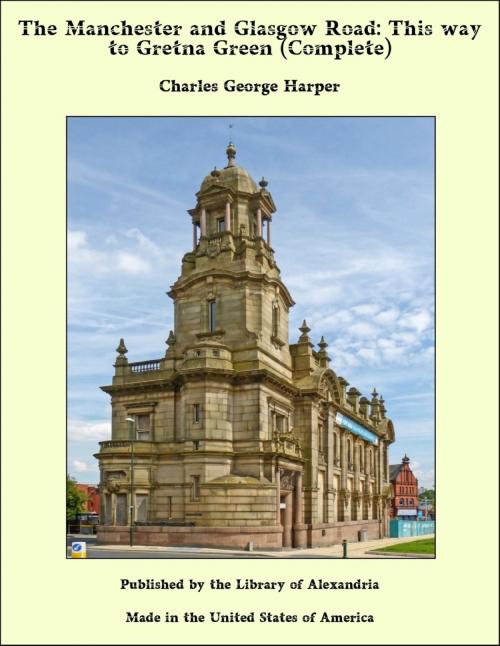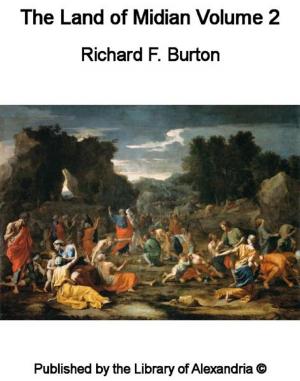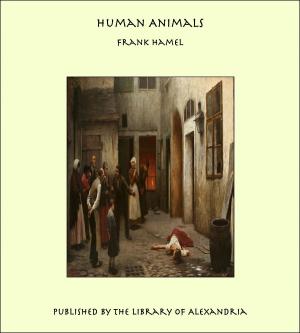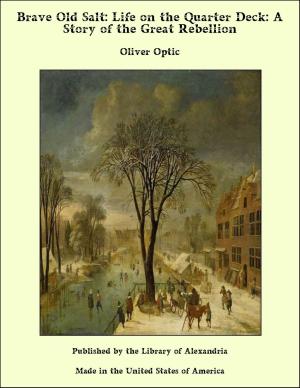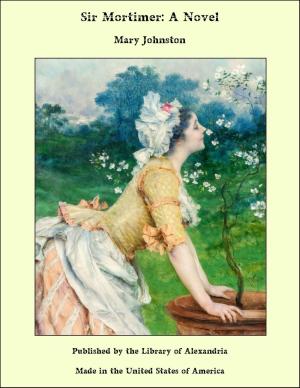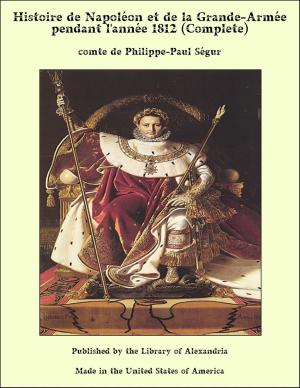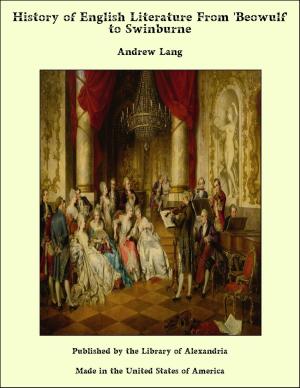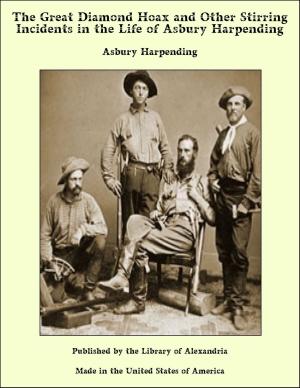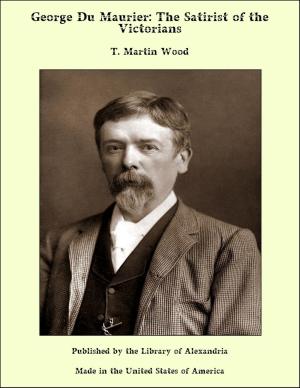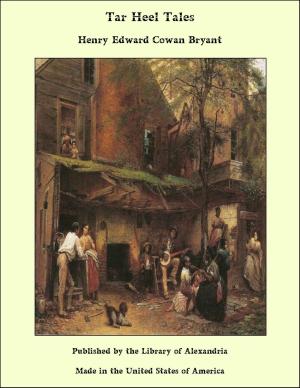The Manchester and Glasgow Road: This way to Gretna Green (Complete)
Nonfiction, Religion & Spirituality, New Age, History, Fiction & Literature| Author: | Charles George Harper | ISBN: | 9781465623959 |
| Publisher: | Library of Alexandria | Publication: | March 8, 2015 |
| Imprint: | Language: | English |
| Author: | Charles George Harper |
| ISBN: | 9781465623959 |
| Publisher: | Library of Alexandria |
| Publication: | March 8, 2015 |
| Imprint: | |
| Language: | English |
Beyond any possible doubt, there is more history—and more varied history—to the mile, along the lengthy road from London to Glasgow than on any other highway in this historic England of ours; with the sole possible exception of the road to Dover. The Great North Road itself is romantically historic, and there are 389 miles of it, but it is not so compact of historic and domestic incident as the Manchester and Glasgow Road—and it is not quite so long. The difference, to be sure, is trifling—merely a matter of 11¼ miles—but the long miles to Manchester, and on to Glasgow, are more plentifully set with towns and villages than the Great North Road, which, upon the whole, takes an austere and aloof course; and there is a wealth of detail on the way that presents at times an embarrassing choice for the historian. The Manchester and Glasgow Road, according to the best modern authorities, measures from the General Post Office, London, to the Royal Exchange, Glasgow, 400¼ miles. Before Telford in 1816, under authority of the Government of that day, took the Carlisle and Glasgow division of it in hand, and eventually shortened it by various engineering expedients, the whole distance was 409¼ miles. There is not the slightest hesitancy to be entertained about the course of this great road. It suited the Post Office in the old mail-coach days to send the mails along the Great North Road to Boroughbridge, and thence across country to Penrith, and so forward to Glasgow, and the contractors made the distance only 397¾ miles; but the route was that adopted here; through St. Albans, the historic towns of Northampton, Leicester, and Derby, Manchester, Preston, Lancaster, and Carlisle. The mere names of those places conjure up many a scene in the stirring annals of the nation, and suggest crowded incidents in the scarcely less interesting story of industrial progress; while the scenery along the road is in many districts of a high order of beauty, ranging between such extremes as the quiet pastoral country beyond St. Albans, through Northamptonshire and Leicestershire, to the wild moors of Staffordshire, the solemn beauty of Lancaster and Solway Sands, the stark heights of Shap Fell, and the bleak moors between Moffat and Douglas Mill.
Beyond any possible doubt, there is more history—and more varied history—to the mile, along the lengthy road from London to Glasgow than on any other highway in this historic England of ours; with the sole possible exception of the road to Dover. The Great North Road itself is romantically historic, and there are 389 miles of it, but it is not so compact of historic and domestic incident as the Manchester and Glasgow Road—and it is not quite so long. The difference, to be sure, is trifling—merely a matter of 11¼ miles—but the long miles to Manchester, and on to Glasgow, are more plentifully set with towns and villages than the Great North Road, which, upon the whole, takes an austere and aloof course; and there is a wealth of detail on the way that presents at times an embarrassing choice for the historian. The Manchester and Glasgow Road, according to the best modern authorities, measures from the General Post Office, London, to the Royal Exchange, Glasgow, 400¼ miles. Before Telford in 1816, under authority of the Government of that day, took the Carlisle and Glasgow division of it in hand, and eventually shortened it by various engineering expedients, the whole distance was 409¼ miles. There is not the slightest hesitancy to be entertained about the course of this great road. It suited the Post Office in the old mail-coach days to send the mails along the Great North Road to Boroughbridge, and thence across country to Penrith, and so forward to Glasgow, and the contractors made the distance only 397¾ miles; but the route was that adopted here; through St. Albans, the historic towns of Northampton, Leicester, and Derby, Manchester, Preston, Lancaster, and Carlisle. The mere names of those places conjure up many a scene in the stirring annals of the nation, and suggest crowded incidents in the scarcely less interesting story of industrial progress; while the scenery along the road is in many districts of a high order of beauty, ranging between such extremes as the quiet pastoral country beyond St. Albans, through Northamptonshire and Leicestershire, to the wild moors of Staffordshire, the solemn beauty of Lancaster and Solway Sands, the stark heights of Shap Fell, and the bleak moors between Moffat and Douglas Mill.
